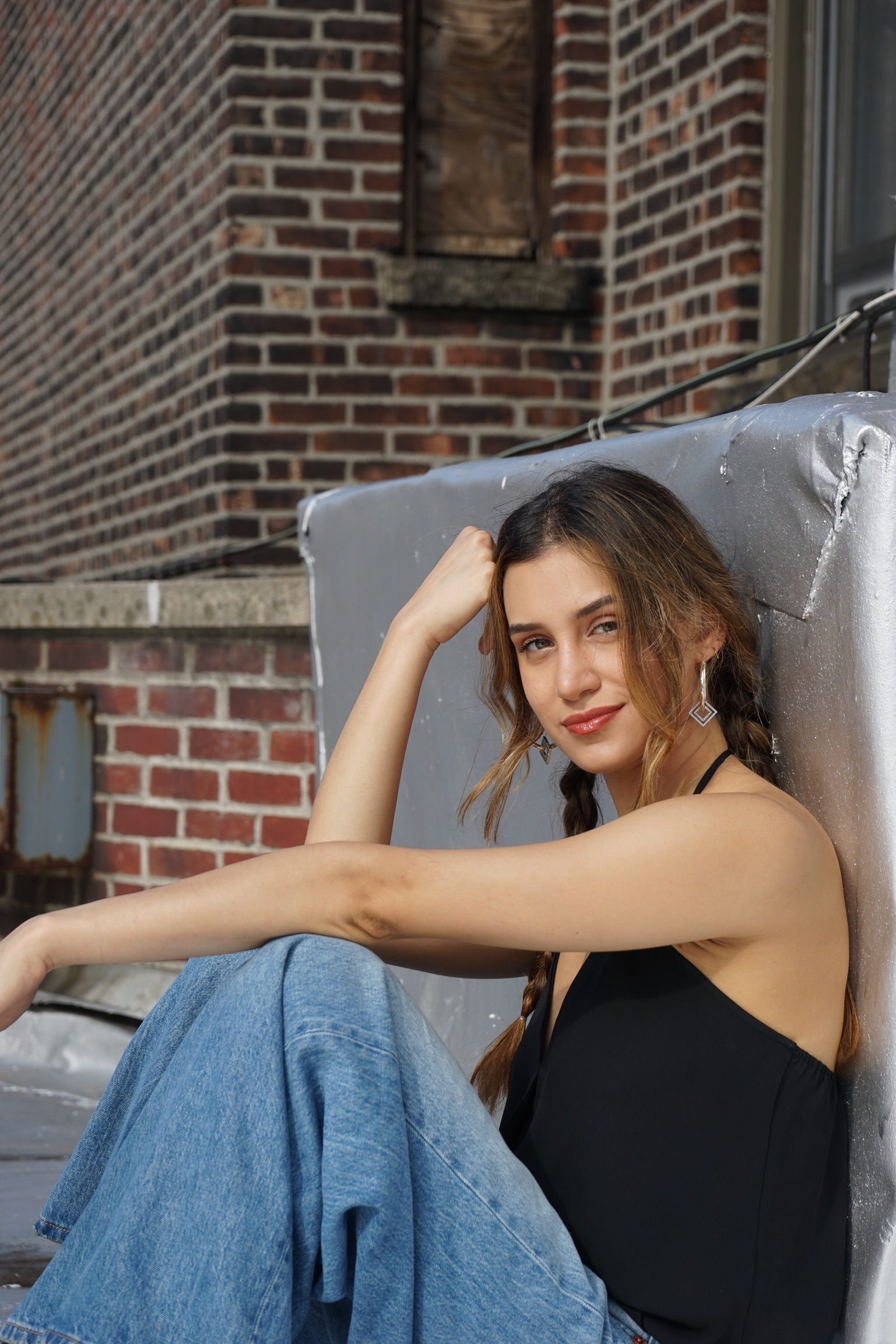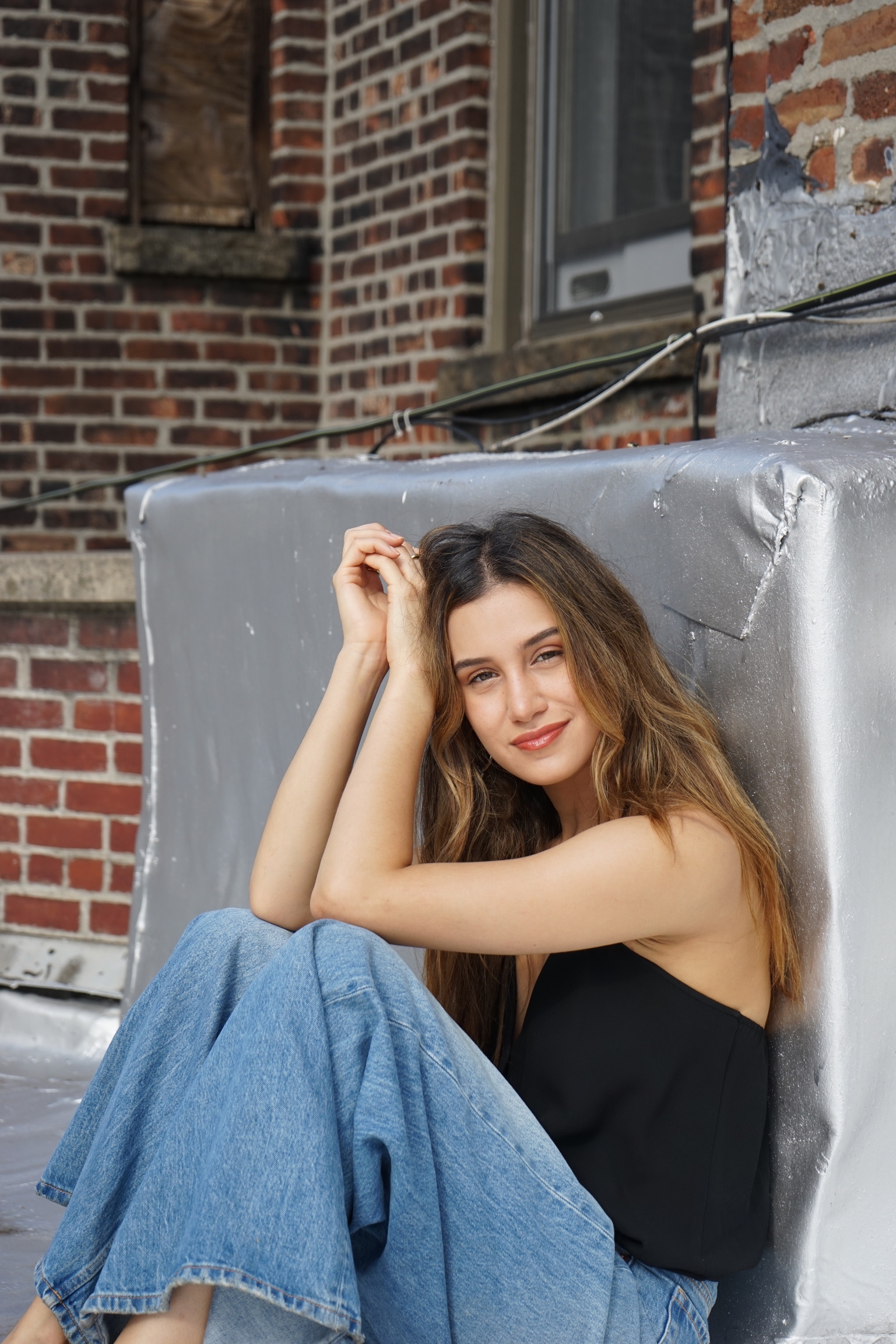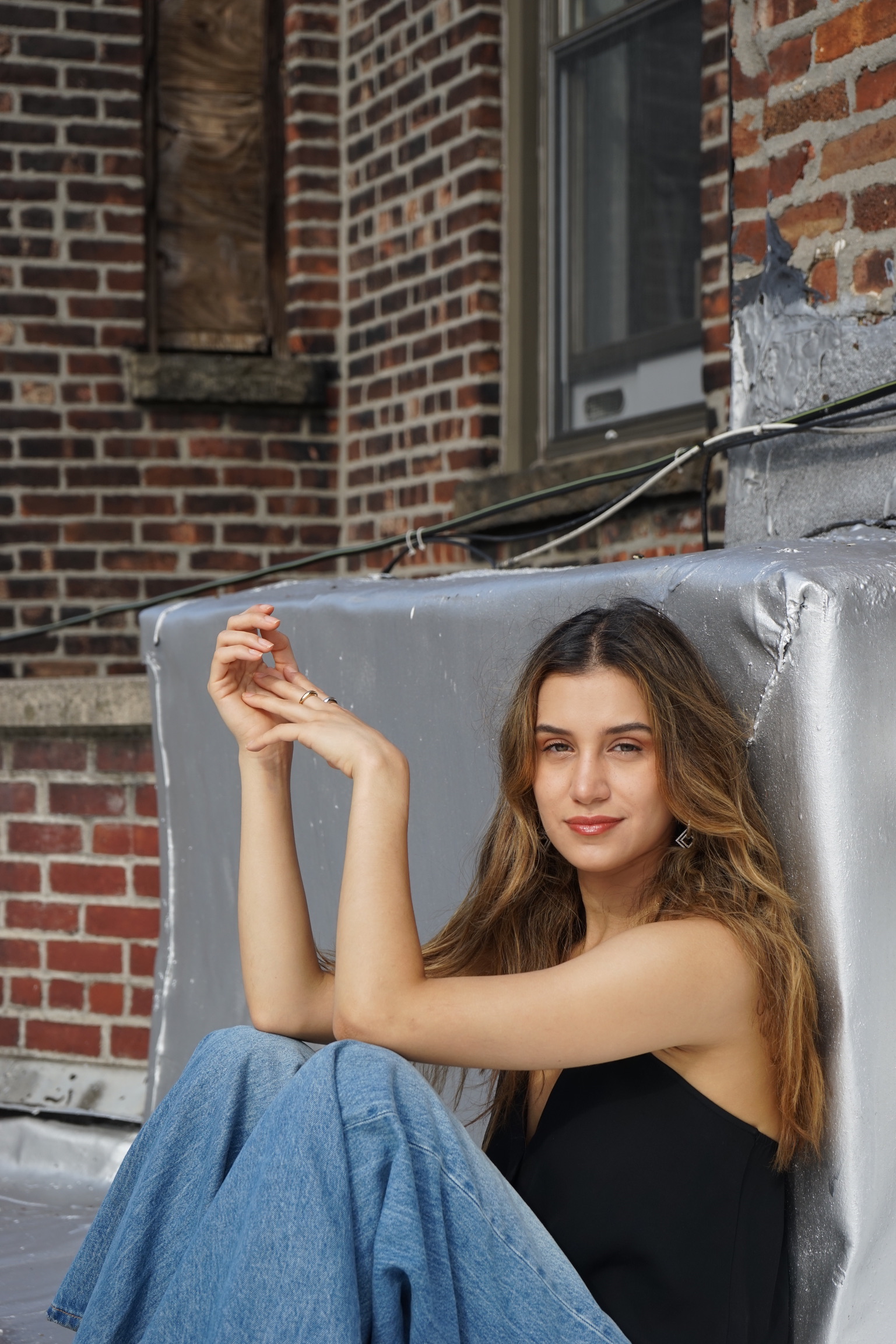F L A U N T


In a saturated market of pop-ups, limited drops, and digital-first food brands, Isabella Mancin has found her own language: one of memory, emotion, and sensory storytelling. Her work—spanning from brand identity design to immersive event production—shows a clear focus on how people feel in response to brands, not just how they interact with them.
But don’t call it magic. Mancin’s approach is as much structure as it is creativity. “At the core, I design experiences around emotional connection,” she says. “When people truly feel something, they want to share it. And that kind of engagement is the most powerful.”

At Orbital Kitchens, Mancin has led event strategy and execution for delivery-only food brands—a challenge in itself, considering the lack of a storefront or physical anchor. “For delivery-only brands, the lack of physical space can make emotional connection harder,” she explains. “That’s why events matter so much. They create immediate, sensory-driven moments that help people connect faster and remember longer.”
A standout example: the launch of Orbital Catering, aimed at Executive Assistants. Instead of broad promotion, Mancin co-created a networking event in partnership with New York-based EA communities. The goal was specific—introduce a new catering product—but the method was intimate and tuned to the audience’s pace. “The energy was genuine, the setup was thoughtful, and the experience was designed to be share-worthy, especially on LinkedIn where this audience is already active.”

“Food naturally activates all five senses,” Mancin says. “That makes it incredibly powerful for creating emotional connection and lasting memories.”
She applied this idea with precision in the Bespoke Brownie launch: a mix of build-your-own floral arrangements and dessert tastings. “The act of creating something by hand while tasting dessert sparked conversations and made the whole experience feel personal and playful,” she explains. “That kind of interaction helps people connect with the brand on a deeper level, because they’re not just observing it, they’re participating in it.”
Mancin’s events often blend these tactile, personal elements with thematic styling—like the Lucky Māo dinner party, where red flowers in Chinese takeout boxes became playful, brand-aligned centerpieces. “Little details like that help set the mood and make the experience feel cohesive from start to finish,” she says.

Mancin’s experience isn’t limited to events. She’s helped develop entire food brands—La Pho, Halalish, Graavy—from naming and voice to visual identity, packaging, and site UX. Her approach is methodical: research first, emotion second.
“It usually starts with a single idea or insight, followed by deep research,” she explains, referencing competitive analysis, audience profiling, and good old SWOT. Once the concept takes shape, she collaborates with R&D on menu structure, naming, and descriptions before diving into design.
For La Pho and Halalish, she handled both art direction and graphic design. With Graavy, she led creative direction and brought in collaborators. “It’s a layered process, but when done right, you end up with a brand that feels intentional, expressive, and ready to grow.”

In digital-first food, the first moment of brand experience often arrives in a delivery bag. “Packaging becomes everything,” Mancin says. “It’s often the first physical interaction someone has with the brand, so it needs to feel intentional.”
This kind of thinking shaped Bespoke Brownie’s Galentine’s activation, where guests answered, “Where was your first kiss?” when RSVPing. Their answers were later written in lipstick on a mirror at the event—nostalgic, a little cheeky, and deeply personal. “Small details like that are what turn a brand moment into something people remember and want to share.”
Despite her creative background, Mancin is clear-eyed about the business side. “A successful campaign balances brand personality with a clear, measurable goal,” she says. In 2025, she led a Pride Month campaign offering free cookies with catering orders—well-executed across channels with results to match: 45% open rate, 11.4% click rate, and over $14,000 in revenue.
“The real win was the conversion,” she points out. “Shifting the focus to revenue-based KPIs helped us prove the value of creative work in business terms—which is what truly drives impact.”
